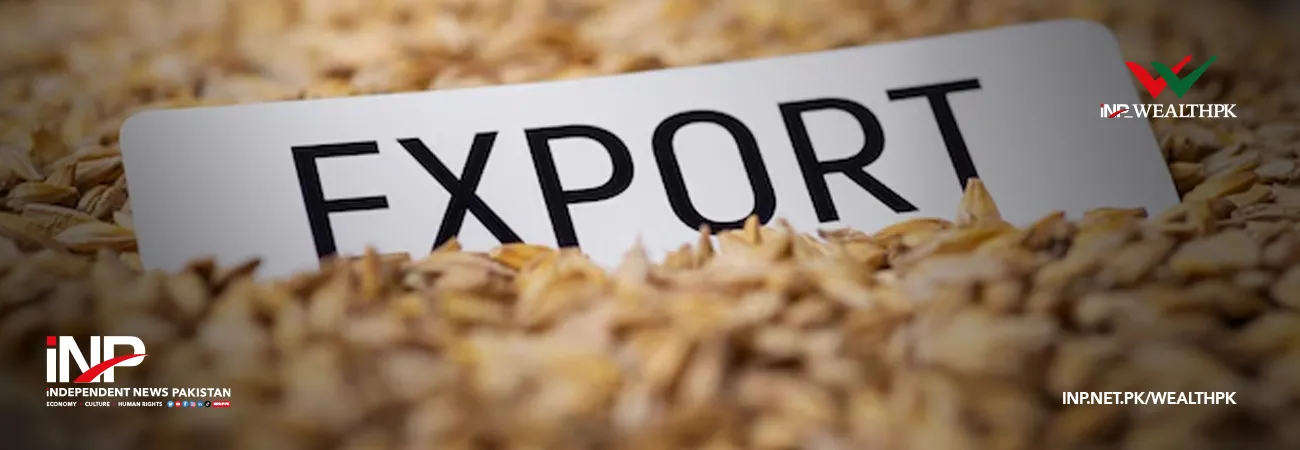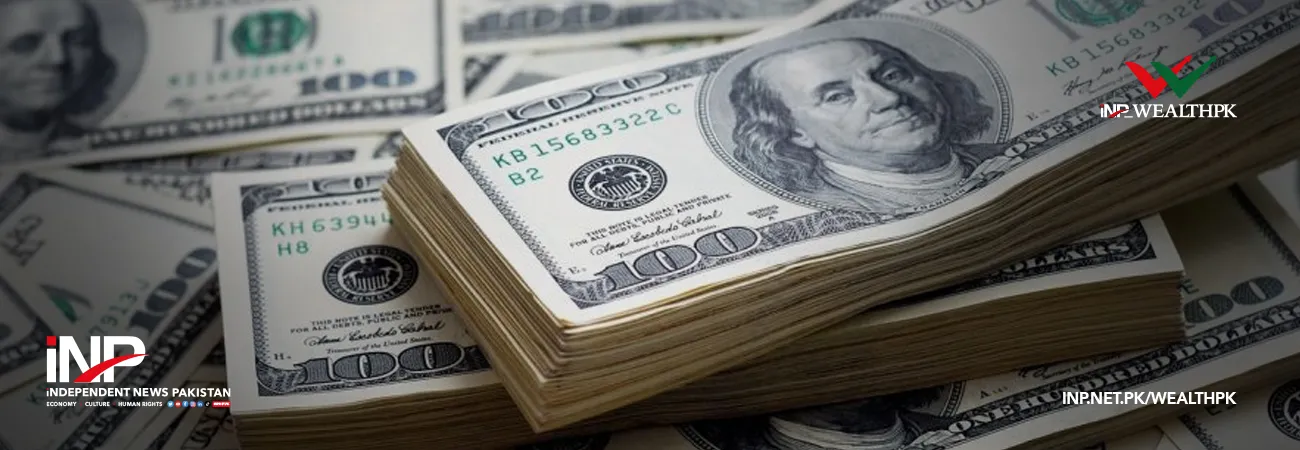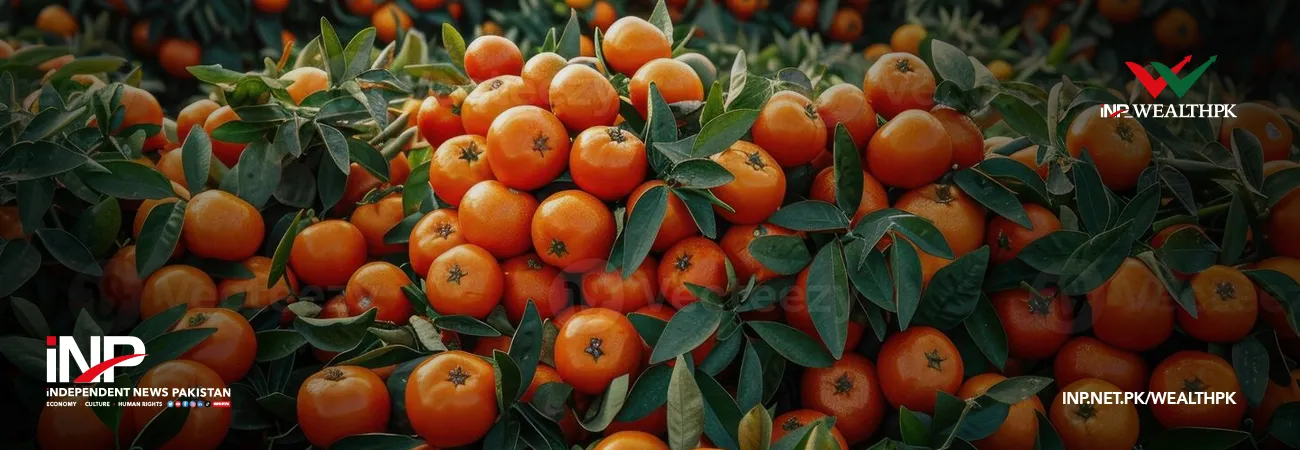INP-WealthPk
By Jawad Ahmed ISLAMABAD, April 18 (INP-WealthPK): The government hopes that Pakistan’s economy will grow faster than the estimated target of 4.8% during the current financial year as it continued to thrive at 5.57% growth rate in FY2020-21, WealthPK reported. Investment from abroad surges A report of the Ministry of Finance said that between July and December 2021-22, total foreign direct investment (FDI) into Pakistan increased by 20.1%. The State Bank of Pakistan (SBP) estimates showed that the total FDI into Pakistan reached $1.26 billion during July-February 2021-22. During the first six months of FY21-22, Pakistan received funds worth $3.16 billion through the Roshan Digital Account (RDA). Under the Naya Pakistan Certificates (NPCs), a total of $2.15 billion has been received during July to December. According to the SBP, inflows into the RDA had surpassed $3.92 billion in March 2022, indicating the rising trust of Pakistanis living abroad. The single month of March 2022 witnessed a total influx of $290 million. Remittances on the rise The report of the Ministry of Finance said that remittances climbed by 11.3% during July-December. The central bank data indicated that the workers’ remittances rose to $21 billion during July-February 2021-22 compared to $18.7 billion during the corresponding period of the last fiscal year. Industries and exports continue to grow The Ministry of Finance highlighted the positive performance of key indicators as a result of the government's actions in the budget 2021-22 to decrease duties and taxes on raw material imports in order to lower the input costs of exportable goods. As a result of timely release of funds and cash subsidies, textile exports posted a growth of 26% during the first half of FY2021-22. “As a result of effective implementation of monetary and fiscal policies, Pakistan has witnessed a significant rise in exports as it grew by 29% during Jul-Dec FY2021-22,” the report added. The agriculture sector and large-scale manufacturing (LSM) industries posted healthy growth during the FY21-22. The LSM industry has posted a growth of 3.3% during July-Nov, indicating robust domestic economic activity, the Ministry of Finance stated. “The increased economic activity resulted in more tax collections and a lower budget deficit. On the other hand, the current account deficit has widened due to a huge increase in global commodity prices and rising inflationary pressures,” the report said. Higher revenue, inflation The report also indicated that the country's total tax revenue has grown as a result of the economy's strong recovery from the pandemic. The Federal Board of Revenue (FBR) collected more tax than expected in the first half of the fiscal year. Throughout July and December of FY2021-22, net tax collections increased by 32.5%. Pakistan is heavily reliant on other countries for oil, machinery, and food supplies. The rise in food and fuel prices, as well as supply chain disruptions, have contributed to increase in domestic prices of these items. The upshift of these prices has been reflected in local market, as the Consumer Price Index (CPI) inflation reached 9.8% during July-December FY2021-22. Current account deficit Due to constant increase in the import volume of energy and non-energy goods, the current account deficit increased to $9.1 billion in July-December FY2021-22, compared to a surplus of $1.2 billion in the corresponding period of last fiscal year. “The economy is gradually heading towards a stronger and more sustainable growth path. However, rising global energy and food prices may have an impact on domestic inflation and exacerbate the current account deficit,” the report added. Meanwhile, the government has offered subsidies by decreasing taxes to protect the local economy from global price hikes. The government policies to strengthen the economy, based on price stability and sustainability of the external and fiscal sector, are visible in the half of current fiscal year.













